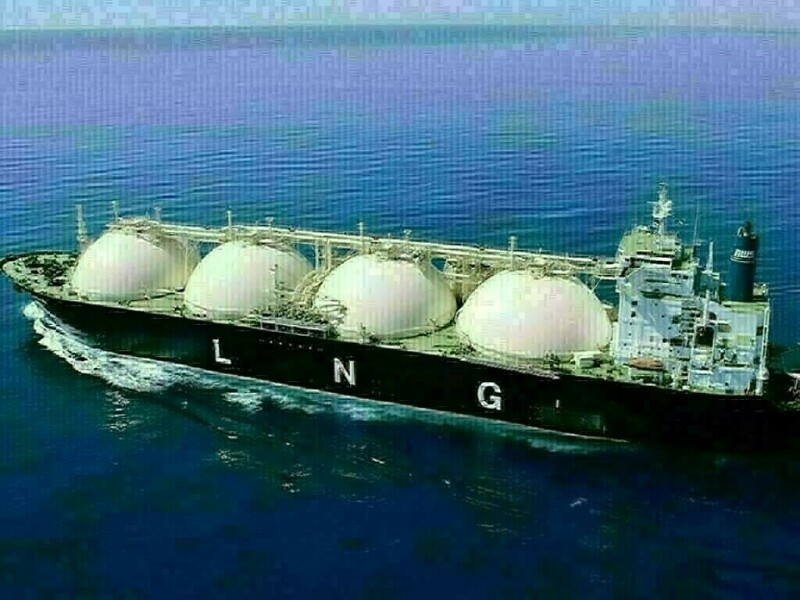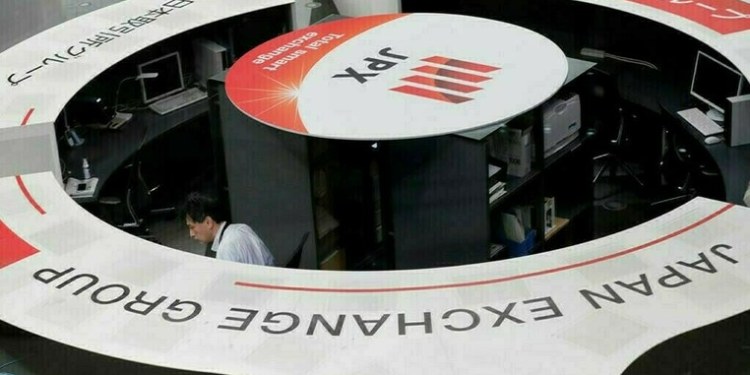LONDON: Asian spot liquefied natural gas (LNG) prices fell this week on signals of weak economic growth in China while above-average temperatures across China, Japan and South Korea are coming to an end, which would reduce cooling demand.
The average LNG price for October delivery into north-east Asia was at $13.40 per million British thermal units (mmBtu), industry sources estimated, down from $14.00/mmBtu last week.
“Poor industrial data from China put red flags on the industrial gas demand for the coming period, signalling weaker economic growth,” said Klaas Dozeman, market analyst at Brainchild Commodity Intelligence.
“In addition, the warmest weather seems to come to an end in the coming weeks as temperatures start to sink on seasonal effects. This might decrease the cooling demand over the coming period,” he said.
Dozeman said that while geopolitical tensions are still ongoing in gas sensitive markets, the risks did not materialize any disruptions so far.
In Japan, Major power utilities reported combined LNG storage levels of 1.83 million tonnes (Mt) for Sept. 1, down 11.2% week-on-week but 6.4% higher than at the end of August 2023. However, levels are 9.4% lower than the five-year average of 2.02 Mt for the end of August from 2019-23, said Masanori Odaka, senior analyst at Rystad Energy.
Global LNG: Asia spot prices rise on supply concerns, geopolitical tensions
“Japan could import additional spot LNG for 4Q 2024 delivery, but the volume depends on the duration of its current heatwave and the intensity of the upcoming winter,” Odaka said.
In Europe, gas prices at the Dutch TTF hub shed much of the previous week’s gains as forecasts of stronger renewables output in key European countries — especially Germany — together with adjustments to Norway’s heavy late summer maintenance schedules helped to weigh on prices, said Samuel Good, head of LNG pricing at commodity pricing agency Argus.
“European gas price movements mostly occurred on the October contracts, with November prices falling less, with continued uncertainty surrounding October and the need for Europe to tread the fine line between maximised underground gas stocks heading into winter and the necessary system flexibility to deal with day-to-day demand and supply differences,” Good said.
S&P Global Commodity Insights assessed its daily North West Europe LNG Marker (NWM) price benchmark for cargoes delivered in October on an ex-ship (DES) basis at $11.534/mmBtu on Sept. 5, a $0.20/mmBtu discount to the October gas price at the Dutch TTF hub.
Spark Commodities assessed the price at $11.607/mmBtu, while Argus assessed it at $11.550/mmBtu.
“Muted demand both in the Atlantic and Pacific basins, coupled with ample European gas storage levels, have offset previous supply side concerns during the summer maintenance period of the Norwegian Continental Shelf facilities,” said Karim El Afany, managing editor of Atlantic LNG at S&P Global Commodity Insights.
Atlantic and Pacific LNG freight rates were down for the fourth week running, with the Atlantic rates falling to $59,250/day on Friday, and the Pacific rates down to $74,000/day, said Spark Commodities analyst Qasim Afghan.

Source: Brecorder





























